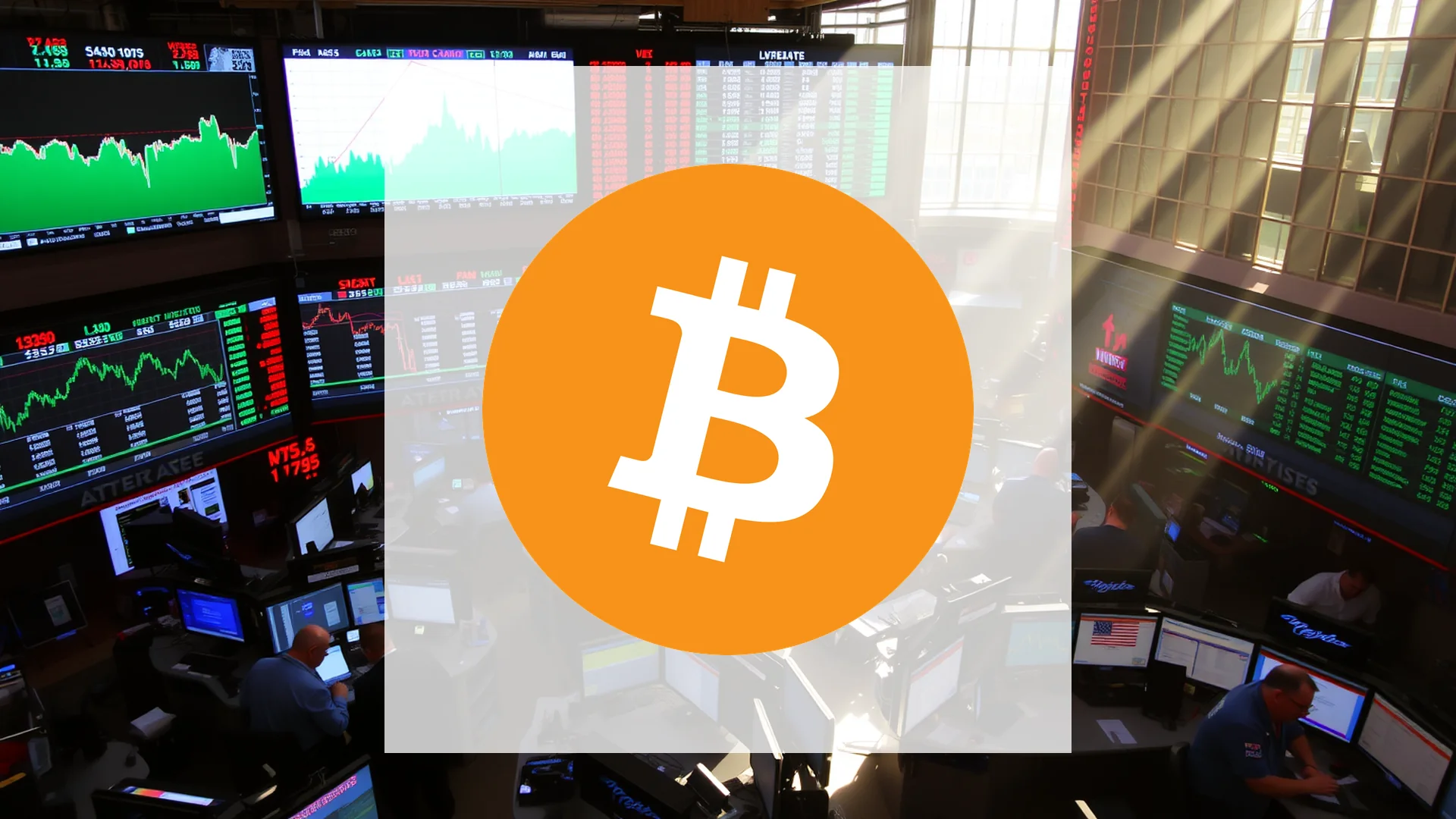The cryptocurrency market is reeling from a significant downturn, with its flagship asset, Bitcoin, experiencing a sharp decline. The digital currency has shed nearly 9% of its value within a 24-hour window, decisively breaking below the psychologically significant $90,000 threshold. What initially appeared to be a standard market correction has rapidly escalated into a full-scale sell-off, sending shockwaves across the entire digital asset landscape. Investors are now grappling with a critical question: is this a healthy market breather or the start of a more prolonged bearish phase?
A Domino Effect of Liquidations
The price collapse has triggered a cascade of forced closures in leveraged trading positions. Data reveals that approximately $2 billion in positions were liquidated over a single day, with leveraged long bets bearing the brunt of the selling pressure. Trading volumes exploded by 40% to surpass $113 billion, underscoring the intensity of the market move. The prevailing sentiment has shifted dramatically; the Crypto Fear & Greed Index has swung from “Greed” directly into “Fear” territory. Adding to the downward momentum, long-term holders who entered the market during the 2024 bear phase are reportedly capitalizing on recent price levels to secure profits, thereby amplifying the selling pressure. Market observers suggest that the next critical test for Bitcoin’s price will be the support zone between $78,000 and $80,000. A recovery would only gain credibility if the asset can reclaim the $90,000 level.
Should investors sell immediately? Or is it worth buying Bitcoin?
Federal Reserve Policy Shifts Rattle Markets
The primary catalyst for this downturn originates not from within the blockchain ecosystem, but from shifting monetary policy expectations in the United States. Surprisingly robust U.S. labor market data have effectively dashed widespread hopes for an imminent interest rate cut from the Federal Reserve. Market-implied probabilities have undergone a dramatic reversal; where just one week ago traders assigned a greater than 63% chance of a 25-basis-point cut in December, that expectation has now plummeted to a mere 33%. The message from the data is unequivocal: interest rates will remain elevated for longer. This dynamic strengthens the U.S. dollar and simultaneously diminishes the appeal of risk-sensitive assets like cryptocurrencies. Bitcoin, often championed as digital gold, is once again demonstrating its vulnerability to macroeconomic shocks.
Institutional Capital Heads for the Exits
A particularly concerning development is the retreat of major institutional investors. U.S. spot Bitcoin ETFs, hailed as a revolutionary development for the asset class just months ago, have now witnessed substantial outflows for several consecutive weeks. A single day—November 19—saw over $523 million withdrawn from these funds, led by significant redemptions from the BlackRock iShares Bitcoin Trust. The net outflows for the month of November have already ballooned to more than $3.7 billion. Faced with year-end portfolio rebalancing and persistent regulatory uncertainties, institutional players are actively de-risking. The very mechanism once viewed as a stable source of demand has now transformed into a significant headwind for the market.
Ad
Bitcoin Stock: Buy or Sell?! New Bitcoin Analysis from November 21 delivers the answer:
The latest Bitcoin figures speak for themselves: Urgent action needed for Bitcoin investors. Is it worth buying or should you sell? Find out what to do now in the current free analysis from November 21.
Bitcoin: Buy or sell? Read more here...












